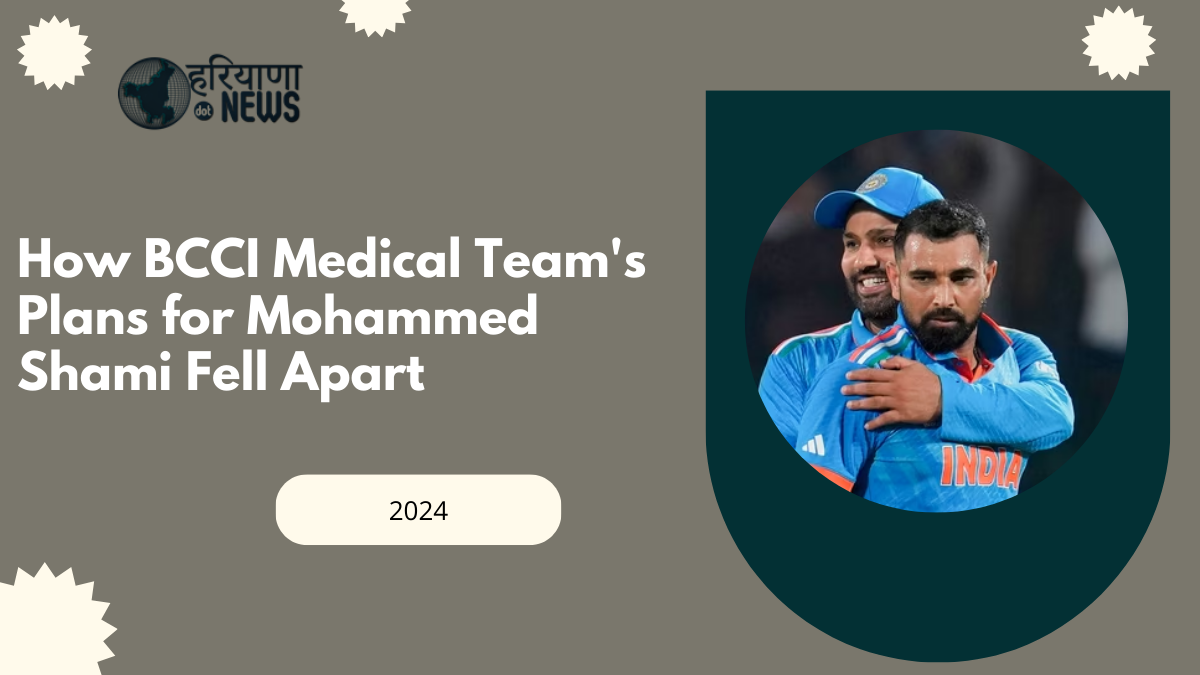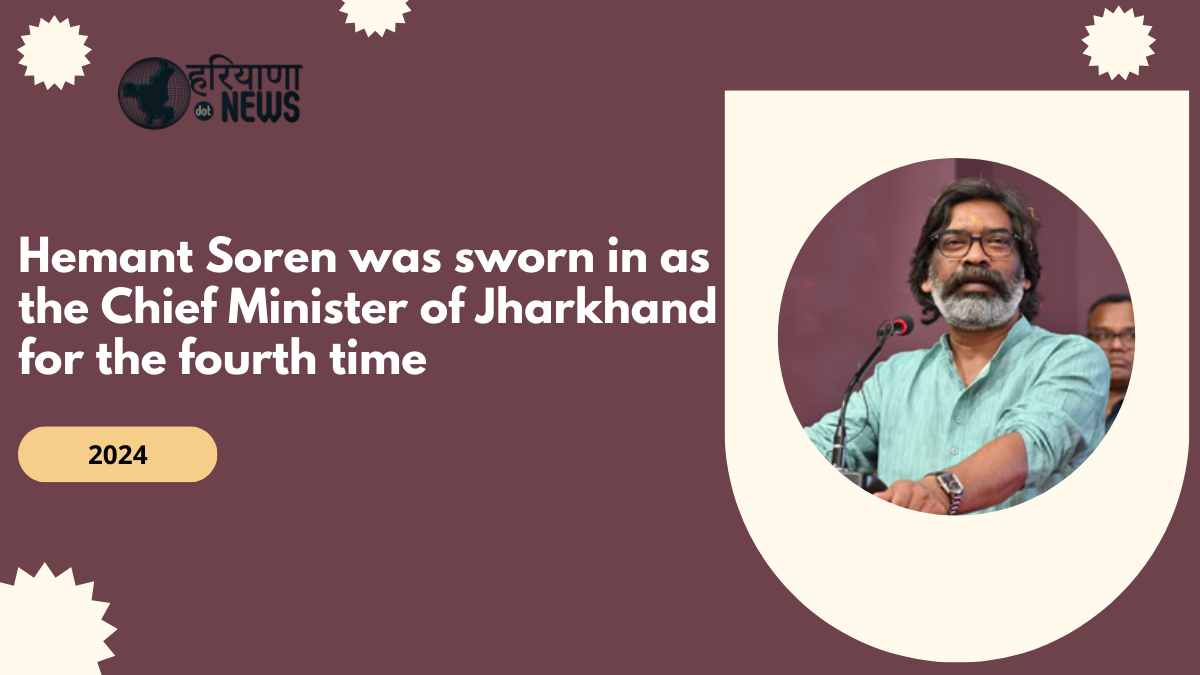Mohammed Shami still has some fuel left in the tank and perhaps a few more battles to fight on the field—but only if injuries don’t continue to plague him.
Shami last played competitively on November 19, 2023, during India’s heartbreaking defeat to Australia in the 50-over World Cup final. Throughout the tournament, he mostly bowled as the first change, following Jasprit Bumrah and Mohammed Siraj. However, in the final, Shami was surprisingly asked to bowl the second over, as he wasn’t feeling well and wanted to bowl at his peak.
His experience shone early when he took the wicket of David Warner with his first legal delivery, caught at first slip by Virat Kohli. Unfortunately, that was the highlight for Shami and India. He ended with one wicket for 47 runs in his seven overs, which lost potency as the match progressed. Australia comfortably chased down India’s target, winning by six wickets with 42 balls to spare.
Mohammed Shami: A Detailed Look at His Career-Threatening Injury
At that moment, neither Shami nor India’s key stakeholders could have foreseen that he would soon face a long period of recovery due to an Achilles tendon injury. The injury required surgery on his right heel, which he underwent in London in February. Thankfully, India’s international schedule provided some breathing room, as the national team had no overseas Tests until the very end of 2024, apart from a brief outing in Cape Town, which India won in just two days.
Shami’s rehab was meticulously managed by the Sports Science team at the National Cricket Academy (NCA). His recovery showed promise, and there was hope that he could return to international cricket during India’s three-Test home series against New Zealand. A thorough Return to Play (RTP) protocol was devised, requiring Shami to prove his match fitness in a competitive game before returning to the national squad. The plan was for him to play one of Bengal’s early Ranji Trophy matches, which would serve as a stepping stone back into international cricket.
The timeline was ideal, with the Ranji season starting on October 11 and the final Test against New Zealand set for November 1. Even if Shami missed the first two Tests in Bengaluru and Pune, he would still have the opportunity to play a Ranji game, regain fitness, and prepare for the upcoming five-Test tour of Australia in December.
Fresh Knee Injury Derails Shami’s Comeback
Everything seemed to be falling into place for Shami until he was dealt a significant blow—a knee injury that could jeopardize his participation in the Australia tour. While working on regaining full fitness, he developed swelling in his knee, an unexpected complication that has forced him to start his recovery from square one. This setback now threatens to keep him out of the entire Test series in Australia.
“We’re hopeful, but we need him to be fully fit before he returns,” Indian captain Rohit Sharma said on Tuesday. “We don’t want to take an under-prepared Shami to Australia.”
 How India vs Australia Became Cricket’s Greatest Rivalry in the Modern Era
How India vs Australia Became Cricket’s Greatest Rivalry in the Modern Era
 Rishabh Pant Dismisses Sunil Gavaskar’s Claims, Suggests Issues with Delhi Capitals Before IPL Auction: “Not About Money”
Rishabh Pant Dismisses Sunil Gavaskar’s Claims, Suggests Issues with Delhi Capitals Before IPL Auction: “Not About Money”
 Australia Legend Worried Rohit Sharma’s Captaincy Might be Threatened if Jasprit Bumrah Leads India in First Test
Australia Legend Worried Rohit Sharma’s Captaincy Might be Threatened if Jasprit Bumrah Leads India in First Test
 KL Rahul Finally Addresses Viral Dugout Incident with LSG Owner Sanjiv Goenka
KL Rahul Finally Addresses Viral Dugout Incident with LSG Owner Sanjiv Goenka
 Kohli and Bumrah’s Absence at India’s First Perth Training Session, Amid Heightened Security
Kohli and Bumrah’s Absence at India’s First Perth Training Session, Amid Heightened Security





For Shami to be fully match-ready, he needs to play in actual games, not just practice in the nets. At this stage, it looks like Shami won’t be available for the first half of the Australian series, and India will have to manage without one of their key pacers.
In recent years, India has become accustomed to missing some of their top players due to injuries. Their last tour of Australia is a prime example—Shami himself fractured his forearm in the first Test, and as the series unfolded, India also lost Ravindra Jadeja, Hanuma Vihari, R Ashwin, and Jasprit Bumrah. Despite these setbacks, India managed to pull off a remarkable series win.
Shami likely had high hopes for the upcoming tour, having taken 37 wickets in eight Tests in Australia, where his bowling style—seam over swing—is particularly effective on the bouncy pitches. At this stage of his career, at 34, he needs to be carefully managed. While injury breaks could prolong his playing days, they also slow down recovery and rehab, which takes longer with age.
Shami has been a loyal servant to Indian cricket for nearly 12 years since making his ODI debut in January 2013. With 448 international wickets under his belt, he’s had a remarkable career. There’s still some fight left in him, but the question remains—can he keep the injuries at bay?
Click here to know more.






